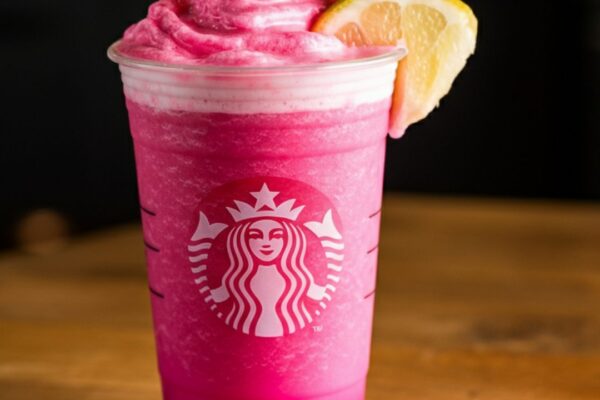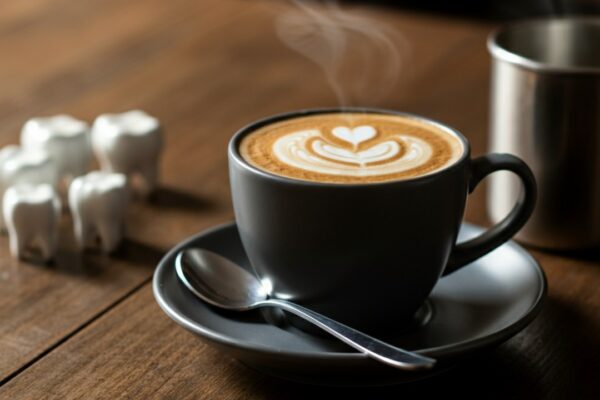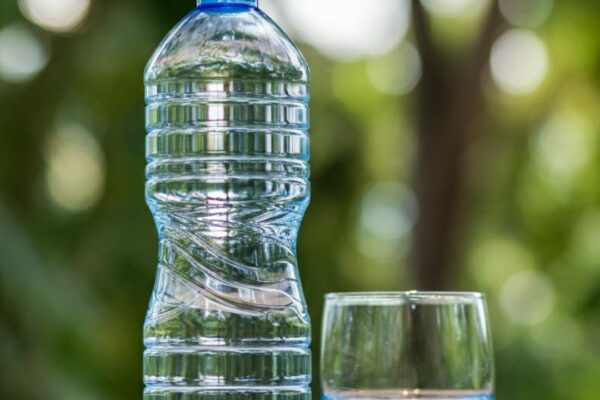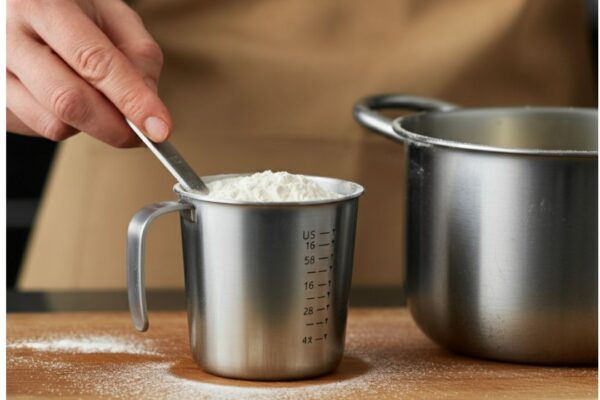
How to Make a Pink Drink at Home?
The iconic Pink Drink isn’t just a staple for Instagram-worthy shots—it’s a vibrant and refreshing beverage that delights the palate. Originally made famous by Starbucks, this tropical, creamy concoction has captured the attention of beverage enthusiasts everywhere. But what if you could skip the line (and save some cash) by making your very own Pink…












